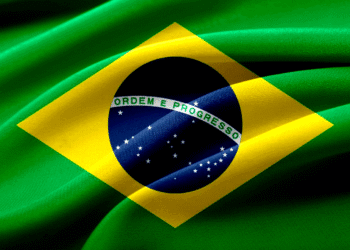The 50% copper tariff announced by President Donald Trump may lead Freeport-McMoRan to become the largest beneficiary as analysts predict the company could earn $1.6 billion more annually when the tariff becomes effective in August.
Freeport holds the position as the largest U.S. copper producer through its ownership of 60% domestic output and operation of four major copper mines across the country. The Phoenix-based firm benefits uniquely from tariff-induced price premiums because it sells all domestic copper production within the United States.
The speculation about tariffs has driven up copper prices which has expanded the price difference between U.S. Comex copper and international benchmarks. Freeport projected an $800 million revenue increase when copper prices reached $4.84 per pound. The company projects that with current premium levels doubled from previous estimates the benefit could reach $1.6 billion.
The permitting challenges and construction delays affecting other miners create an opportunity for Freeport to lead the market as Trump promotes U.S. independence in critical minerals.
Jefferies analyst Chris LaFemina stated that achieving complete copper independence for the U.S. remains impossible within a decade because demand is expected to increase 60% until 2050. Freeport maintains its position as the main domestic recipient of the tariff-related market shift.
The company remains silent about the matter until more information becomes available regarding the complete tariff policy of the administration.










